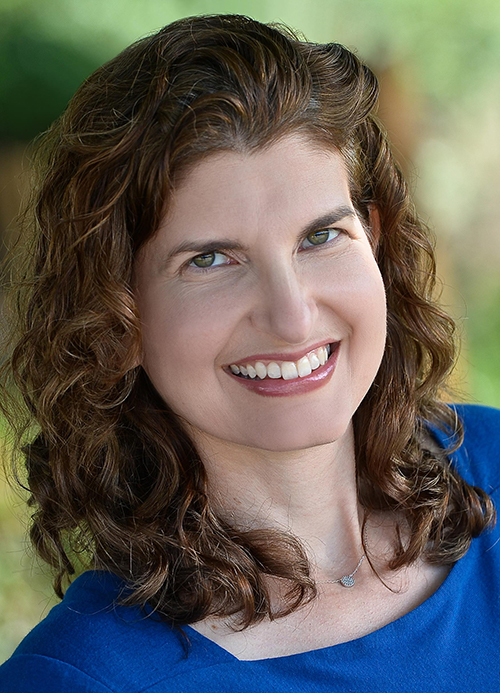Takeaway
How do we measure a year in medicine? I’d like to measure mine in patient laughter, hugs, and lives that were made just a little bit better.

Passion in the Medical Profession | December 28, 2018 | 3 min read
By Dawn Harris Sherling, MD, Florida Atlantic University
One December, when I was working for a large healthcare organization, the metaphorical alarm was sounded.
Our withhold—the money that an insurer held onto but would pay us at the end of the year if we met our numbers—was partially based upon making sure most of our Type 2 diabetic patients had their hemoglobin A1C drawn at least every six months. The number crunchers had just figured out that we were going to come up short.
All of the clinicians were given a list of patients to call to come in for a lab draw, and when not enough patients came in, nurses were sent out to patient homes to test their A1C. By the end of the year, we had met our target—the withhold, probably in the hundreds of thousands of dollars, would be paid. Hundreds of person-hours and thousands of dollars were likely spent to achieve this goal, but it was deemed worth it. And yet, I was left to wonder, how many patients were actually helped merely by having their hemoglobin A1C drawn? At the end of the year, were we measuring the right thing?
The musical “Rent” asks, “How do you measure, measure a year?” The famous song, “Seasons of Love,” then lists all of the ways that we do—”In daylights, in sunsets, in midnights, in cups of coffee.”
In medicine, at the end of the year, we could talk about RVUs generated; in academics, the number of papers published; in administration, the number of metrics gathered. And yet, when we dig deep, what do these numbers mean? Are they why we went into medicine? Do they keep our patients healthy and happy? Do they keep us from burning out? We may well be spending a great deal of time and money measuring nothing important at all.
What if, instead of going out to patient homes just to draw their blood, the nurses had been sent to ask the patients why they hadn’t been able to come in earlier? Perhaps instead of numbers fitting neatly into a spreadsheet, we would have learned of financial troubles, depression, or dietary lapses. Perhaps we would have been able to talk with patients about their own goals around their diabetes and help them make a plan around eating healthy and obtaining their medications. Maybe we would have made a connection that mattered more in the long run. We measure a lot in medicine, but we don’t measure making a connection with our patients.
In 15 years of practice, I’ve found that when the patient and I have made a connection, they seem to do a whole lot better. The more of these encounters I have, the more energy and patience I have at the end of the day. My patients are healthier and I’m happier.
But developing relationships with patients takes time and can’t be delegated. The time I spend with my patients holding a hand or sharing a joke is time that I’m not doing some other task that is being quantified, and ultimately, reimbursed. The problem is that the more resources we devote to measuring meaningless metrics, the more money we supply to running patients through the medical care gauntlet, the more we weigh academic publications for promotions, the less we have to give to these types of satisfying clinical encounters.
In “Rent,” the answer to how we measure a year, or at least how we should measure a year, is in love.
How do we measure a year in medicine? Maybe it’s time to re-evaluate that. I’d like to measure mine in patient laughter, hugs, and lives that were made just a little bit better. Others may choose to measure my year differently, but I will instead remember what’s important to me and my patients.
How will you measure your year?

